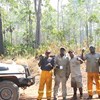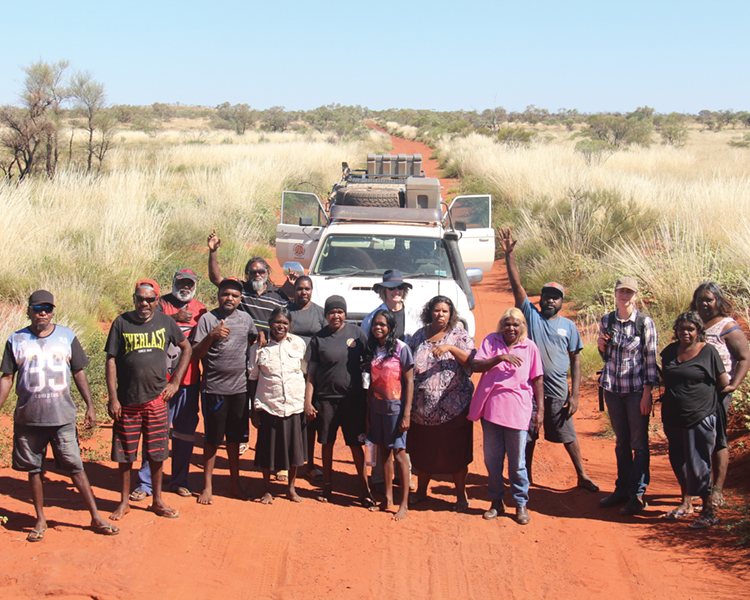
Indigenous engagement vital to saving species
Tuesday, 29 May 2018Enhancing Indigenous engagement in threatened species
The TSR Hub recognises that outcomes for threatened species will be improved by increasing Indigenous involvement in their management. In response to this, the Hub is guided by an Indigenous Reference Group and has a number of projects across Australia that are collaborating with Indigenous groups on threatened species research on their country. We also have a project that is looking at ways to enhance Indigenous engagement in threatened species conservation more broadly. Here we provide a brief look at what is happening in this space and a couple of recent events.
Indigenous Reference Group
In recognition of the valuable ecological knowledge that Indigenous people and groups can bring to the management of threatened species, the TSR Hub established an Indigenous Reference Group (IRG) in mid-2017.
The IRG is coordinated by the Hub Indigenous Liaison Officer, Brad Moggridge, a Kamilaroi man and hydrogeologist. It has four members, with one from Broome, two from far north Queensland and one from northern New South Wales. The IRG provides advice and guidance to the Hub’s leadership group and project teams to help ensure that Hub projects are delivering research that aligns with Indigenous needs and that research outputs are culturally appropriate for Indigenous end-users and stakeholders.
Why more Indigenous engagement is needed
Indigenous people and groups play a vital role in protecting and saving threatened species. The range of most threatened species overlaps with Indigenous lands; and many threatened species occur only or mainly on Indigenous land. In addition, Indigenous people have deep cultural and spiritual obligations towards their land and its species. This makes engagement with Indigenous people vital to the conservation of many threatened species.
Many Indigenous people and groups are already achieving biodiversity outcomes, often without recognition. Enhanced engagement with Indigenous people will help to provide formal recognition of the work these groups are doing. It also provides opportunities for these groups to participate in broader planning and discussions about threatened species conservation, with researchers, government agencies and other conservation groups. This is of benefit to Indigenous groups, who can have a greater say in the management of species of significance to them, and also to non-Indigenous group, who benefit from the knowledge, experience and input of the Indigenous groups. 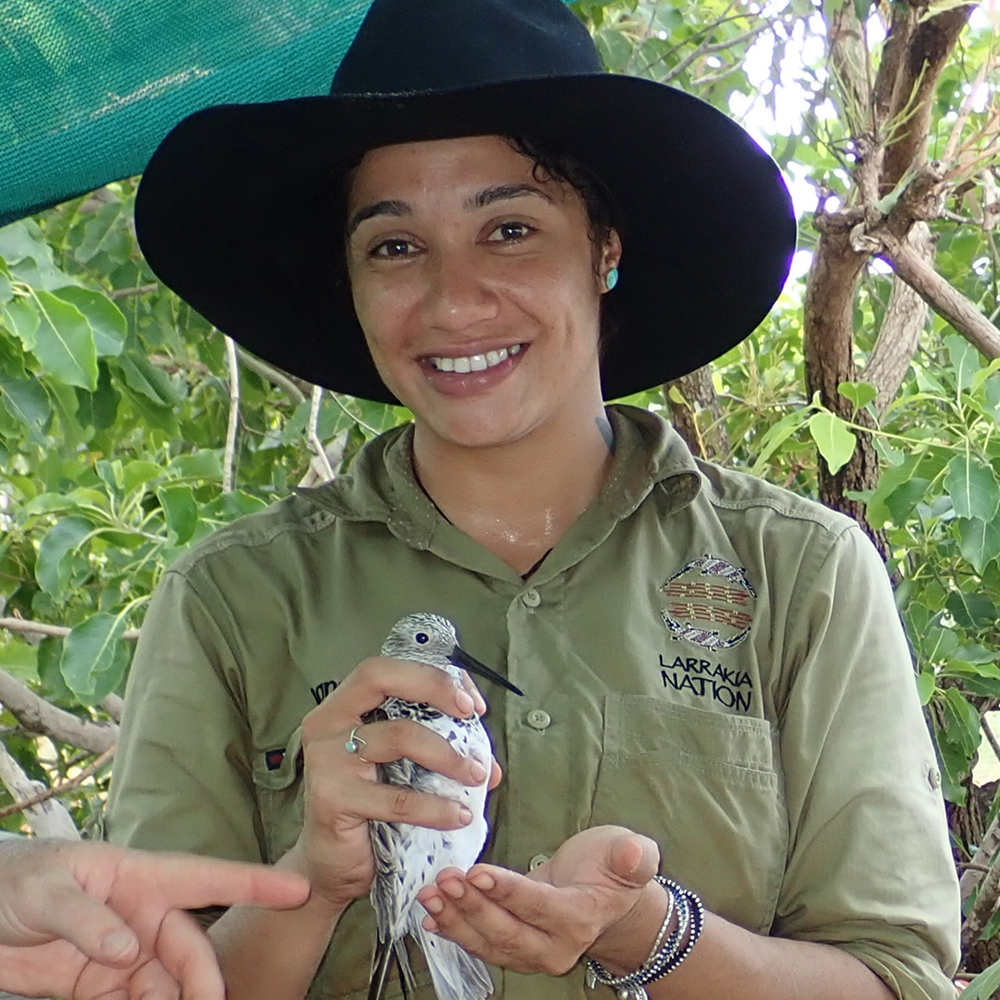
Larrakia Ranger Sarah Rolland holding a great knot caught during monitoring of migratory shorebirds. Photo: Amanda Lilleyman
Indigenous research collaborations
The TSR Hub is undertaking or developing collaborations with Indigenous partners across Australia including Arakwal, Olkola, Martu, Tiwi, Larrakia, Ngunnawal, Kakadu and Wreck Bay people and other groups. Partnerships cover a wide variety of threatened species from shorebirds to parrots, and bilbies and other mammals to orchids.
While most of these are local collaborations, one Hub project is taking an overarching look at ways to increase and formalise Indigenous involvement in threatened species management. This project will look at threatened species habitat and existing conservation activities on Indigenous land, and will identify new opportunities for Indigenous people to participate in protecting and recovering Australia’s threatened species.
The research is being co-developed with Indigenous partners through four crosscultural case studies, two in the Northern Territory, one in Queensland, and one in New South Wales. The project will develop a cross-cultural approach to plan, deliver and monitor on-ground threatened species recovery activities. It will also produce a framework for a national Indigenous people’s threatened species strategy.
As the case study projects develop, the teams are also identifying barriers to Indigenous participation in threatened species research and conservation activity, and ways to overcome them. Another outcome will be a more detailed understanding of the range of views that Indigenous peoples hold towards threatened species. 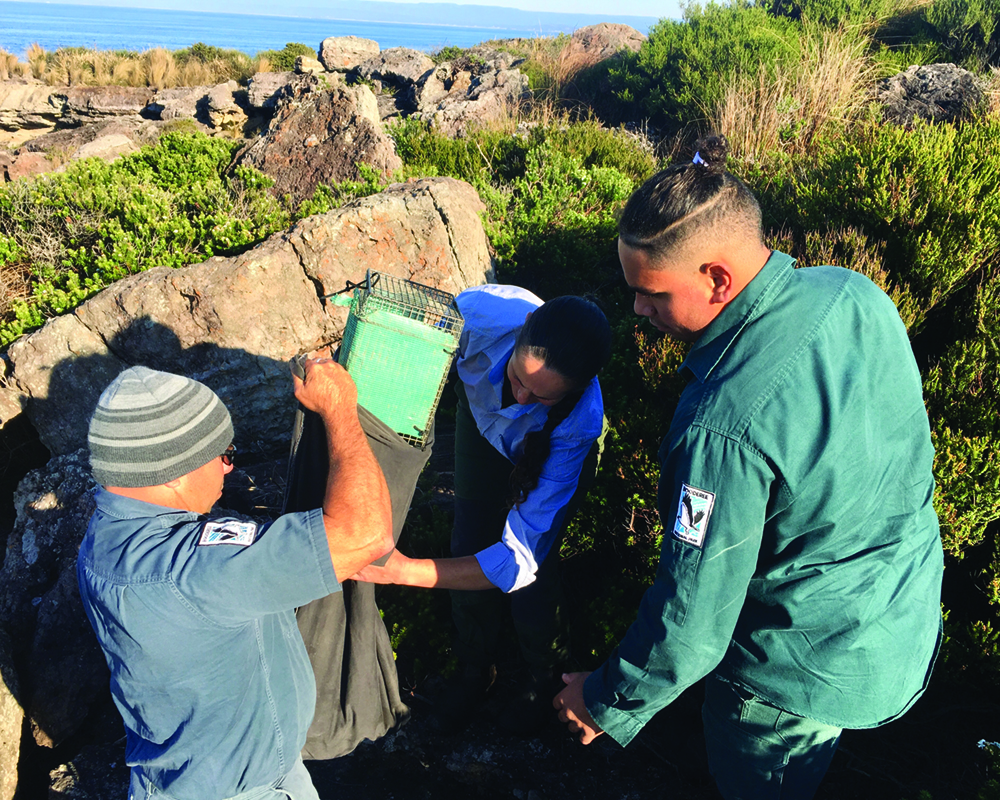
Indigenous Rangers Shane (Chicko) Sturgeon and Phillip Brown bagging a quoll at Booderee National Park during monitoring. Photo: Natasha Robinson
MPavilion: Indigenous knowledge and nature in our cities
The TSR Hub supported an MTalks event on Indigenous Knowledge and nature in our cities. The high-profile event was held at the MPavilion in Melbourne’s Queen Victoria Gardens in February. It brought together a panel of Indigenous speakers to discuss the challenges of responding meaningfully to the expectations, rights and aspirations of Indigenous people and communities in cities.
The event was initiated and led by the Clean Air and Urban Landscapes Hub. TSR Hub involvement was led by our Indigenous Liaison Officer Brad Moggridge, who was one of the presenters. The panel speakers explored a range of questions about the significance of nature in cities and maintaining a connection to country, including implications for the conservation of threatened species. 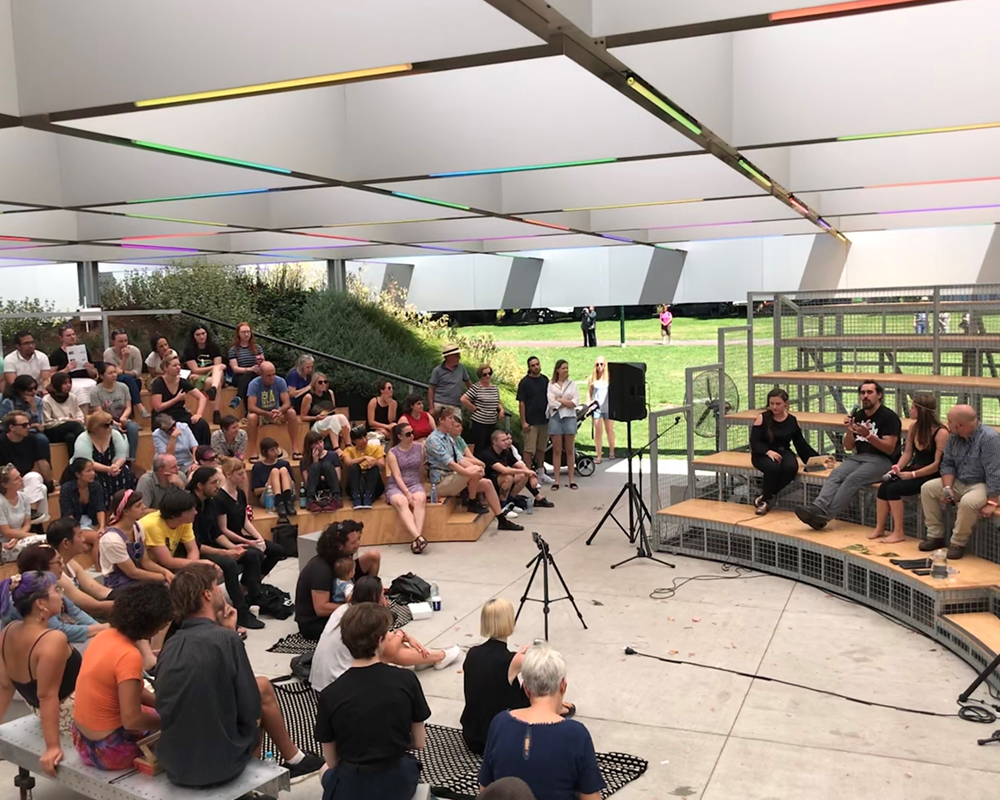
Melbourne’s MPavilion Indigenous knowledge and nature in our cities event. Photo: CAUL Hub
The bigger NESP picture
The Australian Government’s Department of Environment and Energy hosted a two-day workshop in February which brought together Indigenous representatives and leadership teams from every Hub in the National Environmental Science Program (NESP). The workshop focused on the importance of Indigenous participation and engagement in the NESP program. Participants were encouraged to identify things they can do now to improve Indigenous engagement in the NESP, and opportunities to increase Indigenous participation and engagement in future projects and programs.
For further information
Brad Moggridge - bradley.moggridge@anu.edu.au
Top image: KJ Jigalong rangers taking Dr Anja Skroblin out searching for bilbies. Photo: Kanyirnpa Jukurrpa (KJ)
-
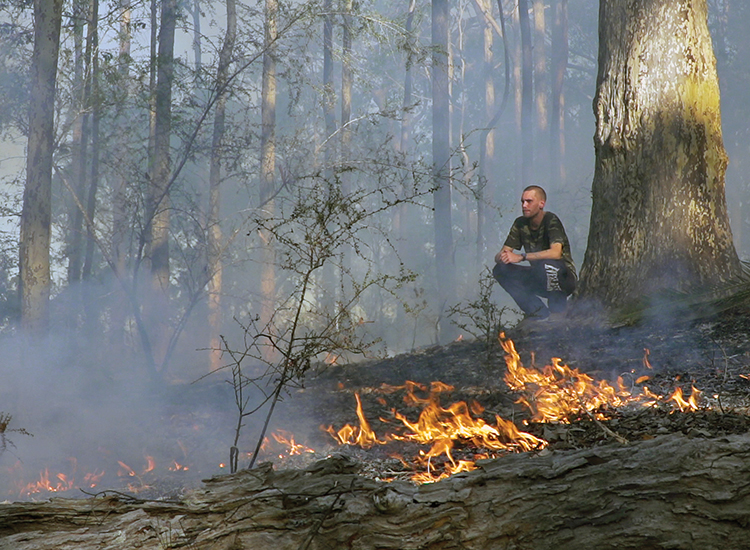
Cultural fire: Listening to and caring for Country with fire
Monday, 31 August 2020 -
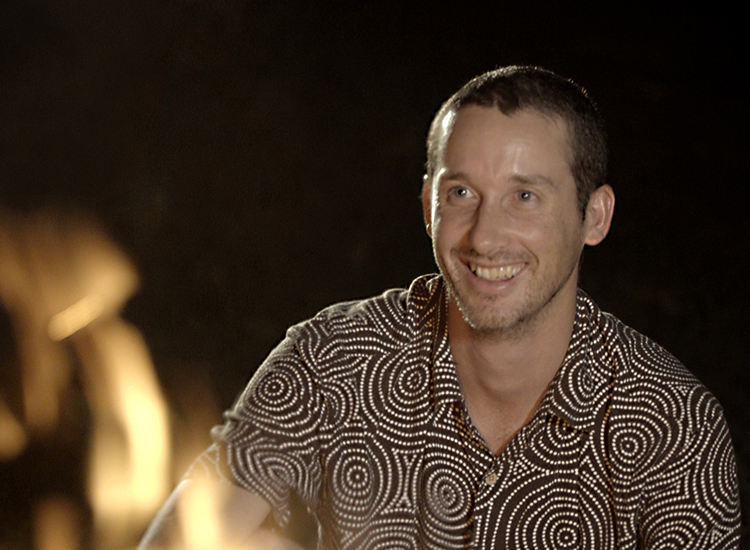
Indigenous advisor profile: Oliver Costello - Healing Country with cultural fire
Wednesday, 02 September 2020 -
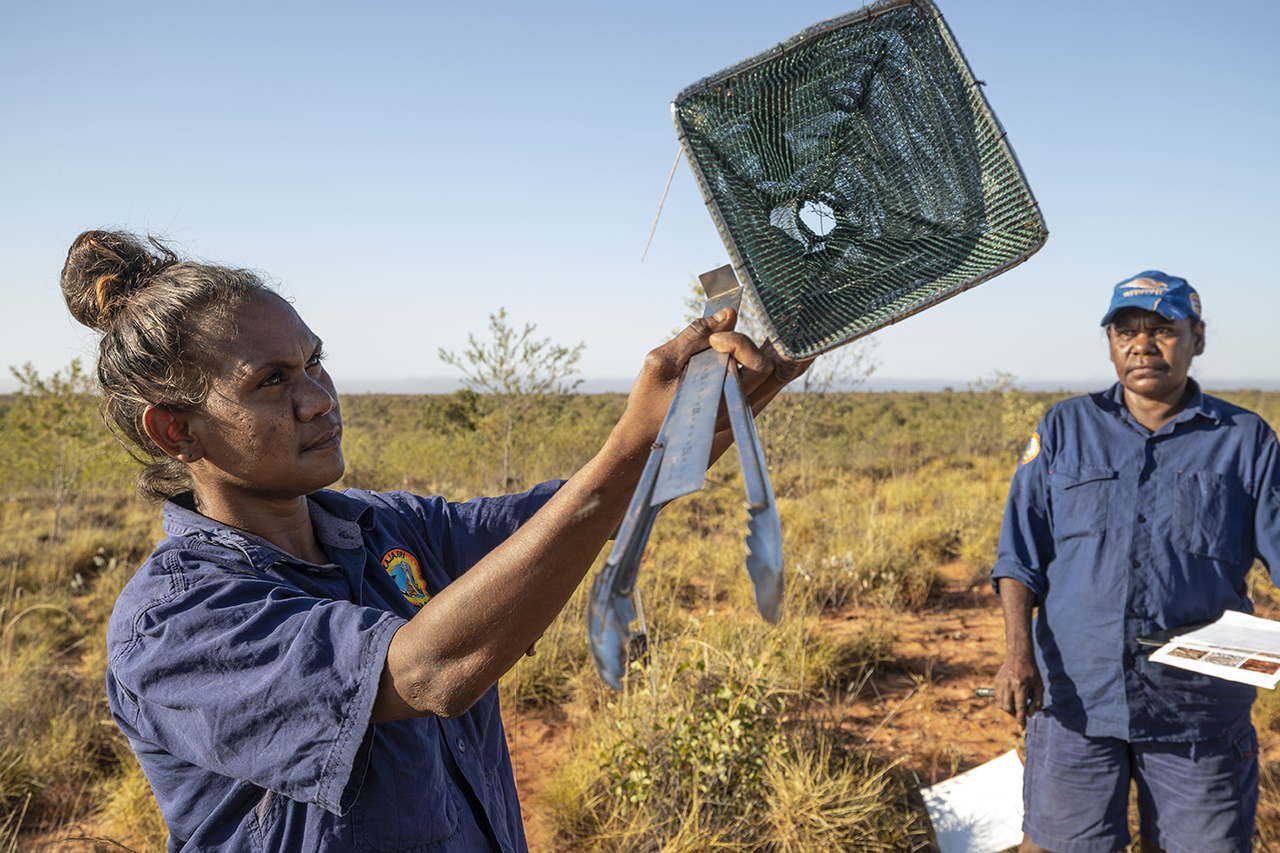
Indigenous Engagement Protocols: Forging respectful, meaningful partnerships for research impact
Wednesday, 21 October 2020 -
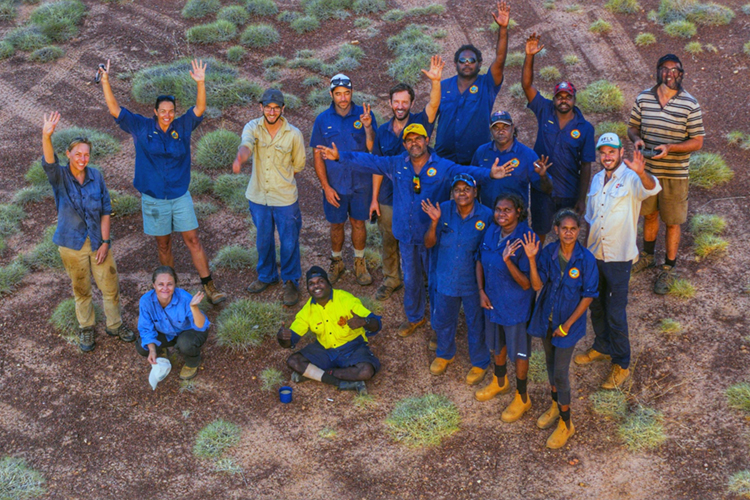
Appeasing Bluetongue Managing fire in the Great Sandy Desert
Tuesday, 13 August 2019 -
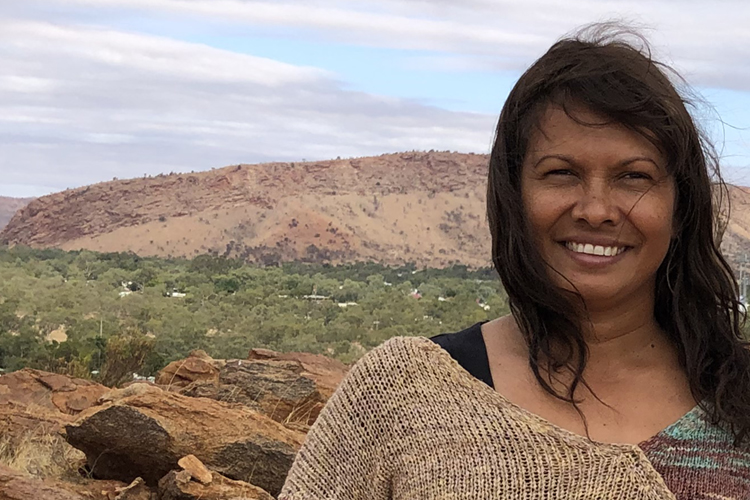
Changing the way research is driven
Tuesday, 13 August 2019 -
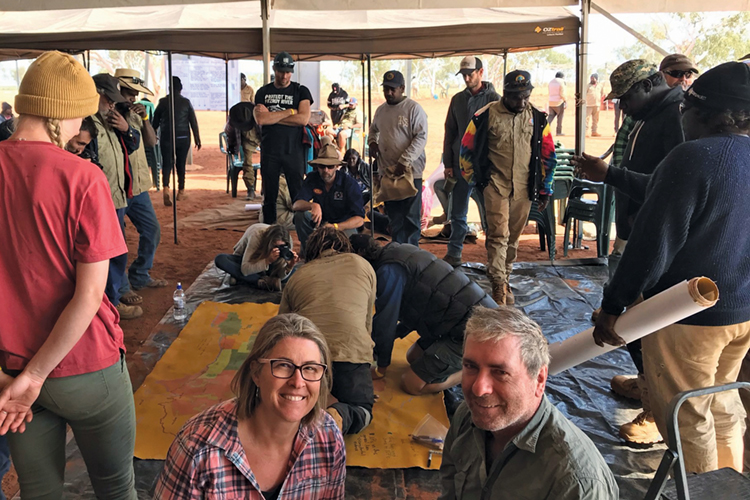
Indigenous people critical for threatened species
Tuesday, 13 August 2019 -
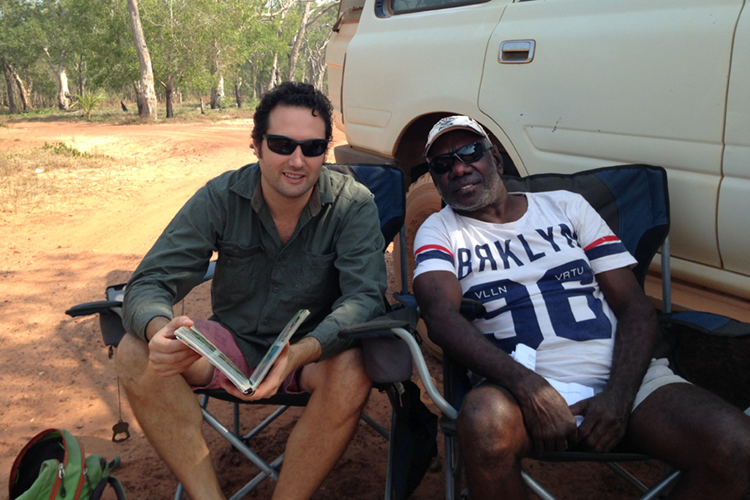
Looking after culturally significant and threatened species on the Tiwi Islands
Tuesday, 20 August 2019 -
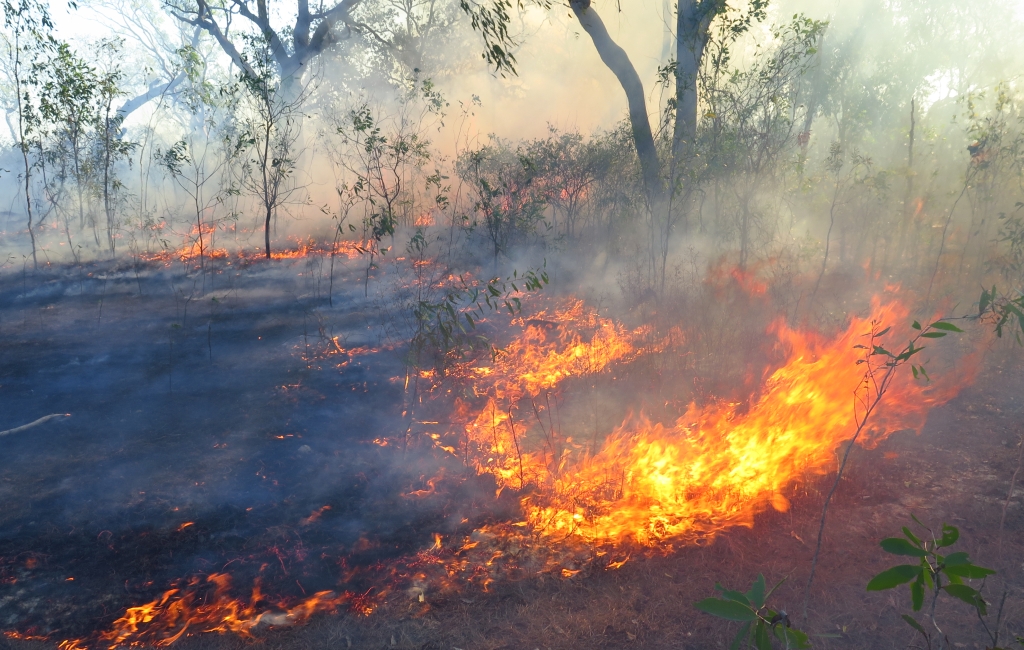
Partnerships with Indigenous communities key for threatened species
Wednesday, 30 March 2016 -
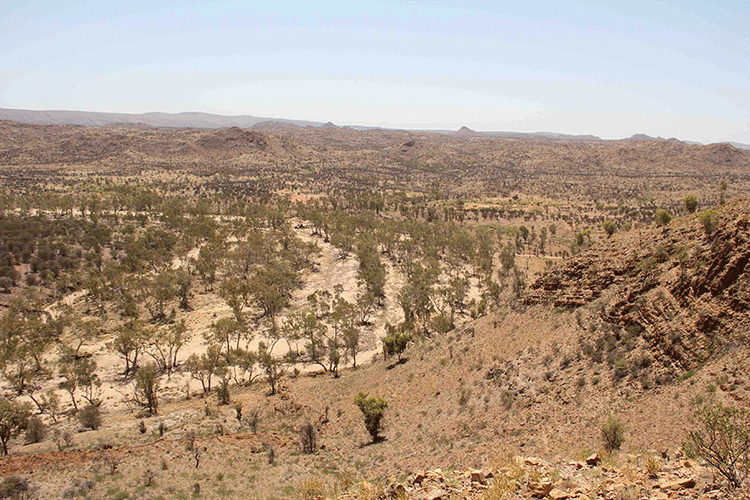
What's the overlap
Wednesday, 07 June 2017 -
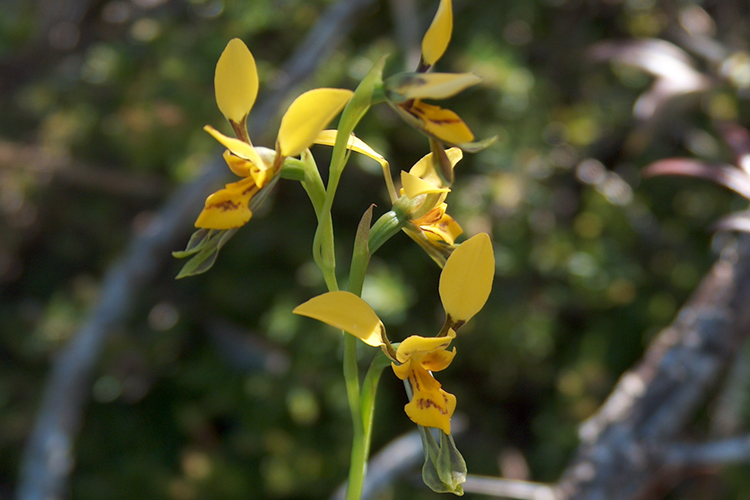
Working together to care for the Byron Bay orchid
Tuesday, 20 August 2019 -
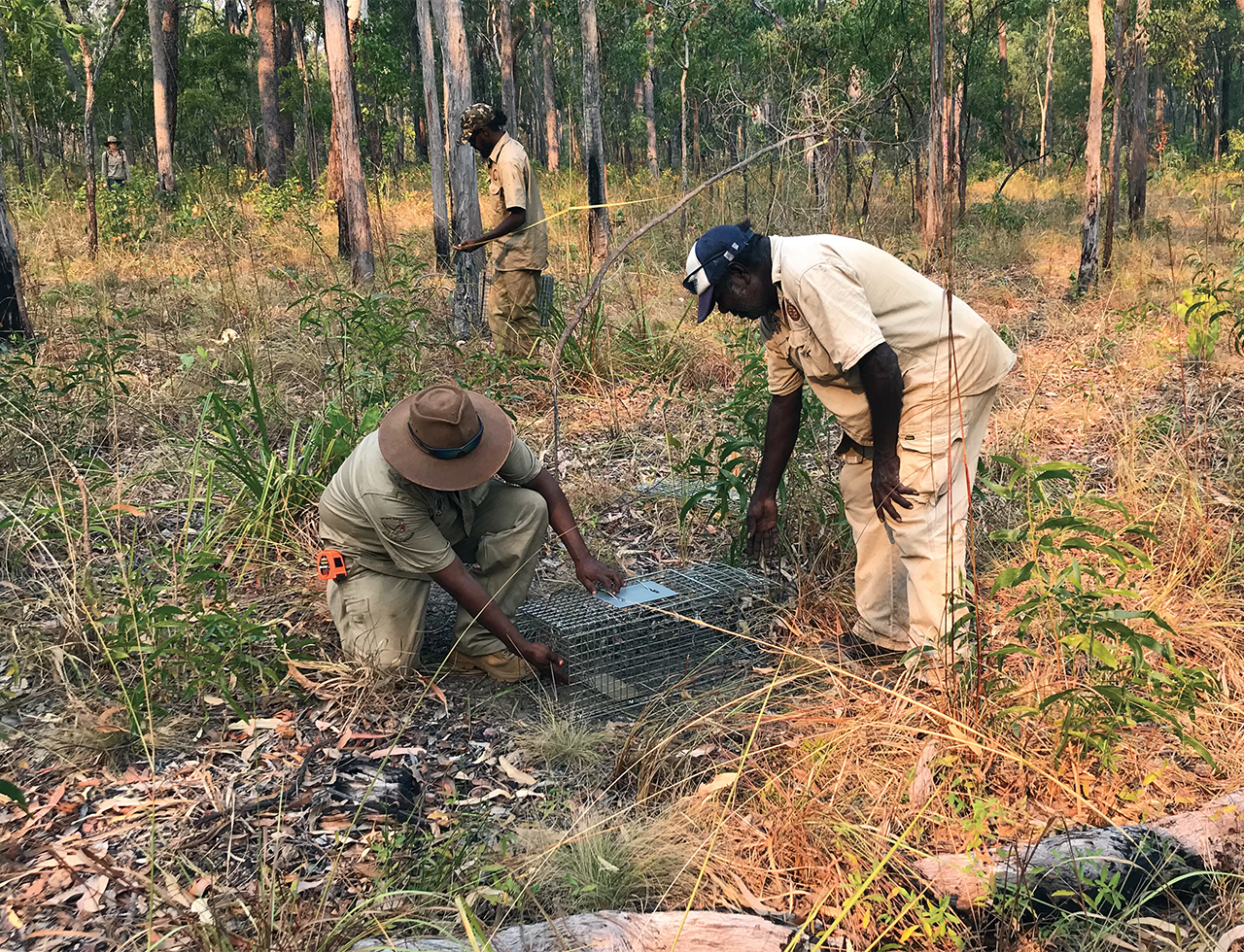
Building collaboration and two-way science
Sunday, 12 December 2021
